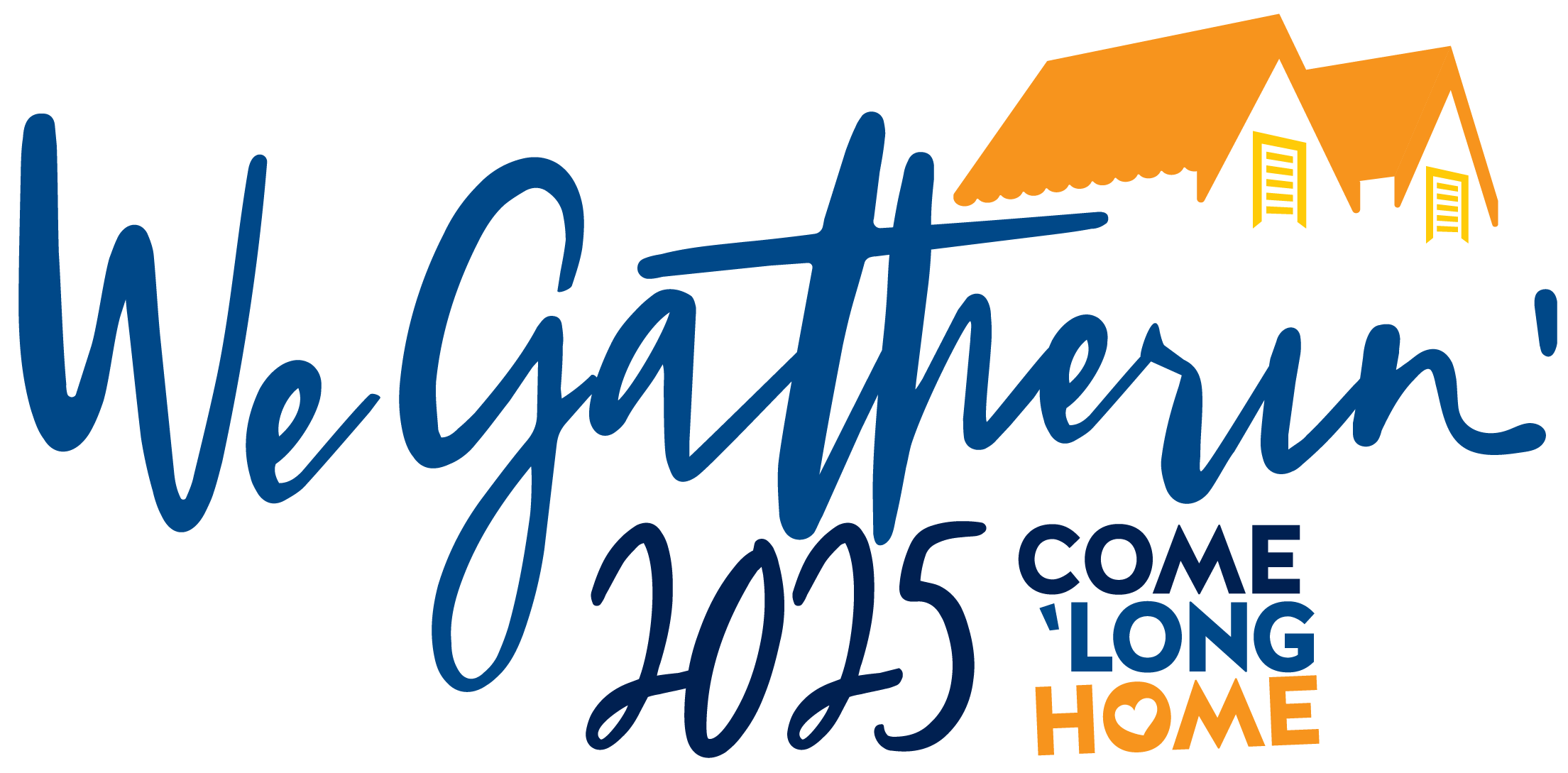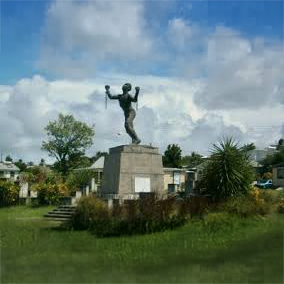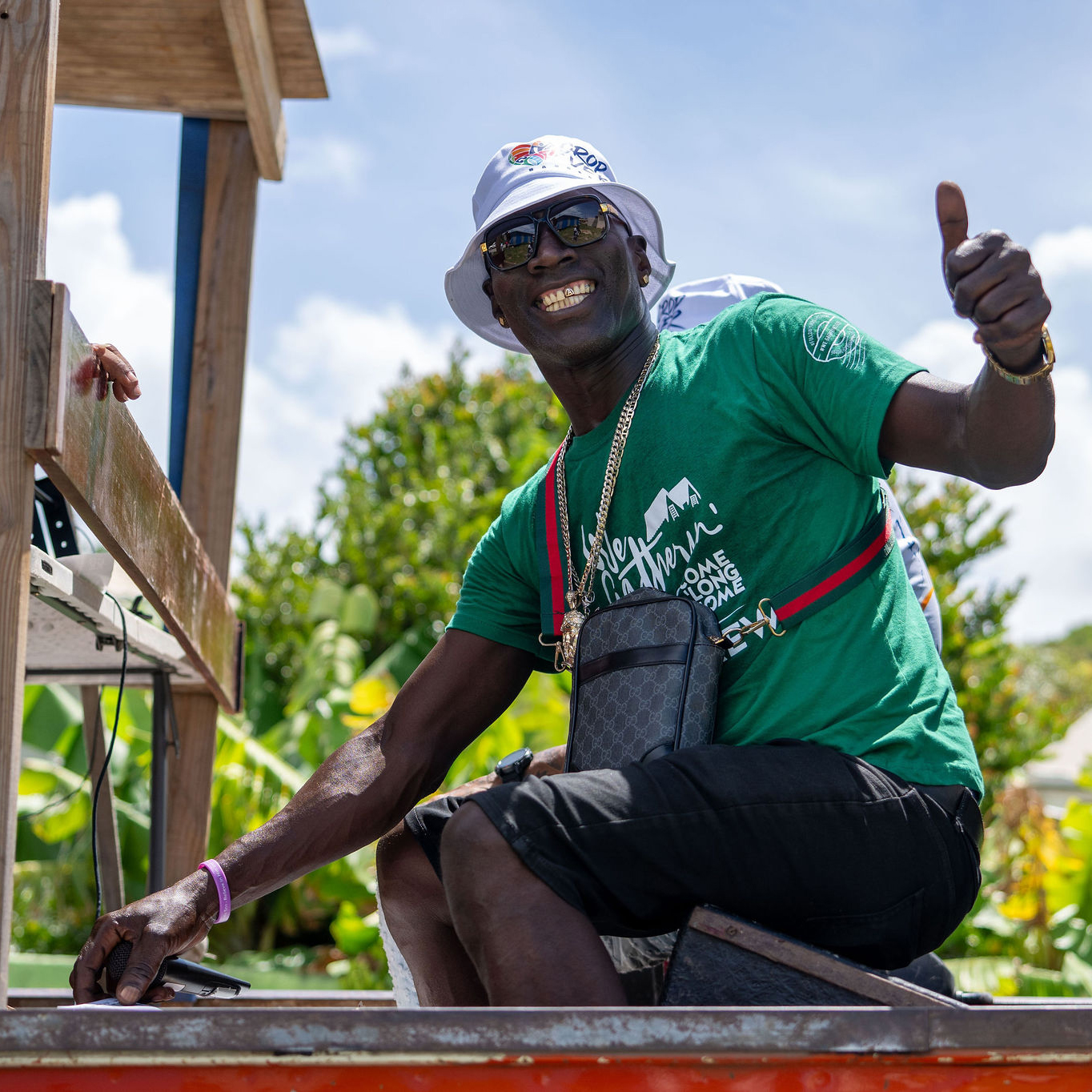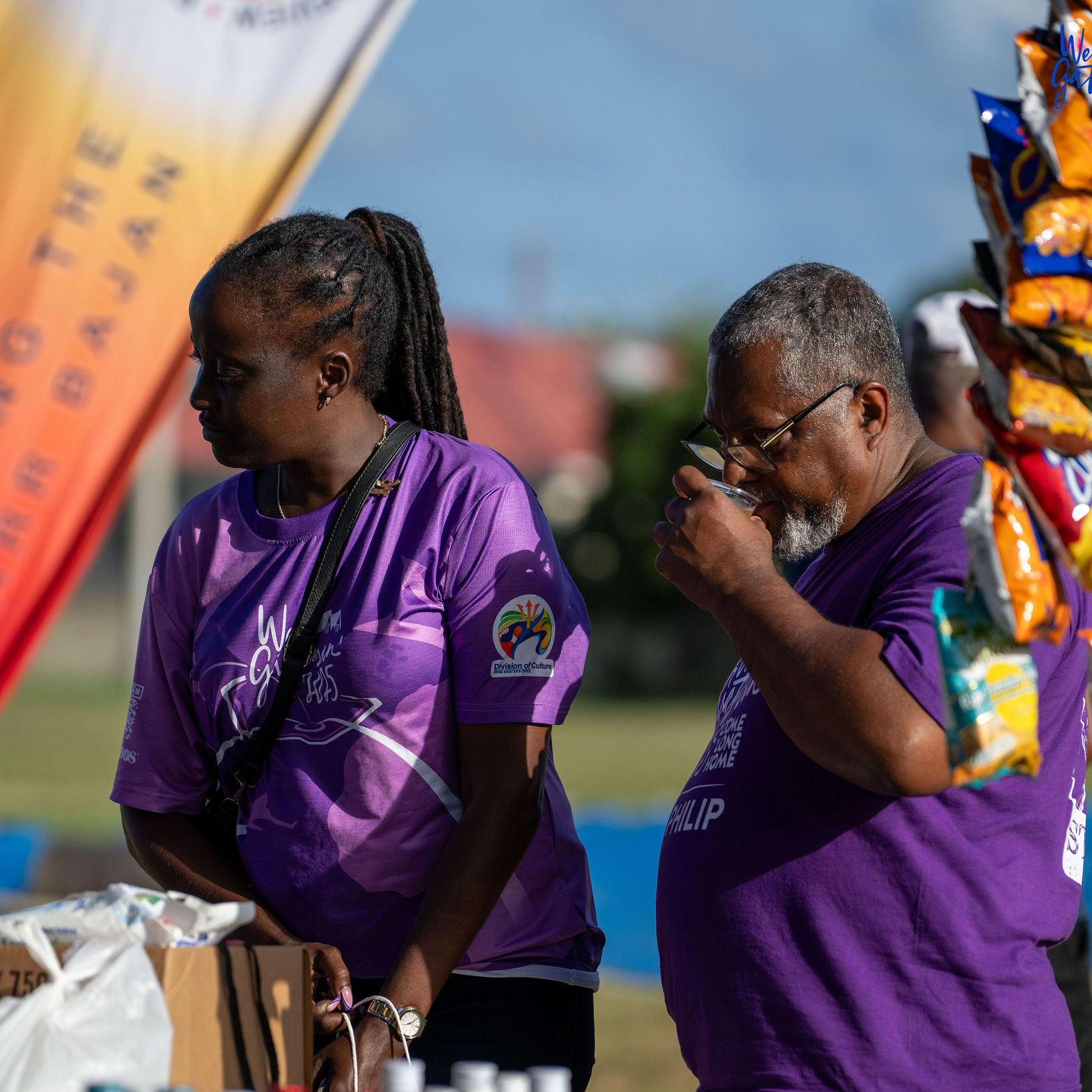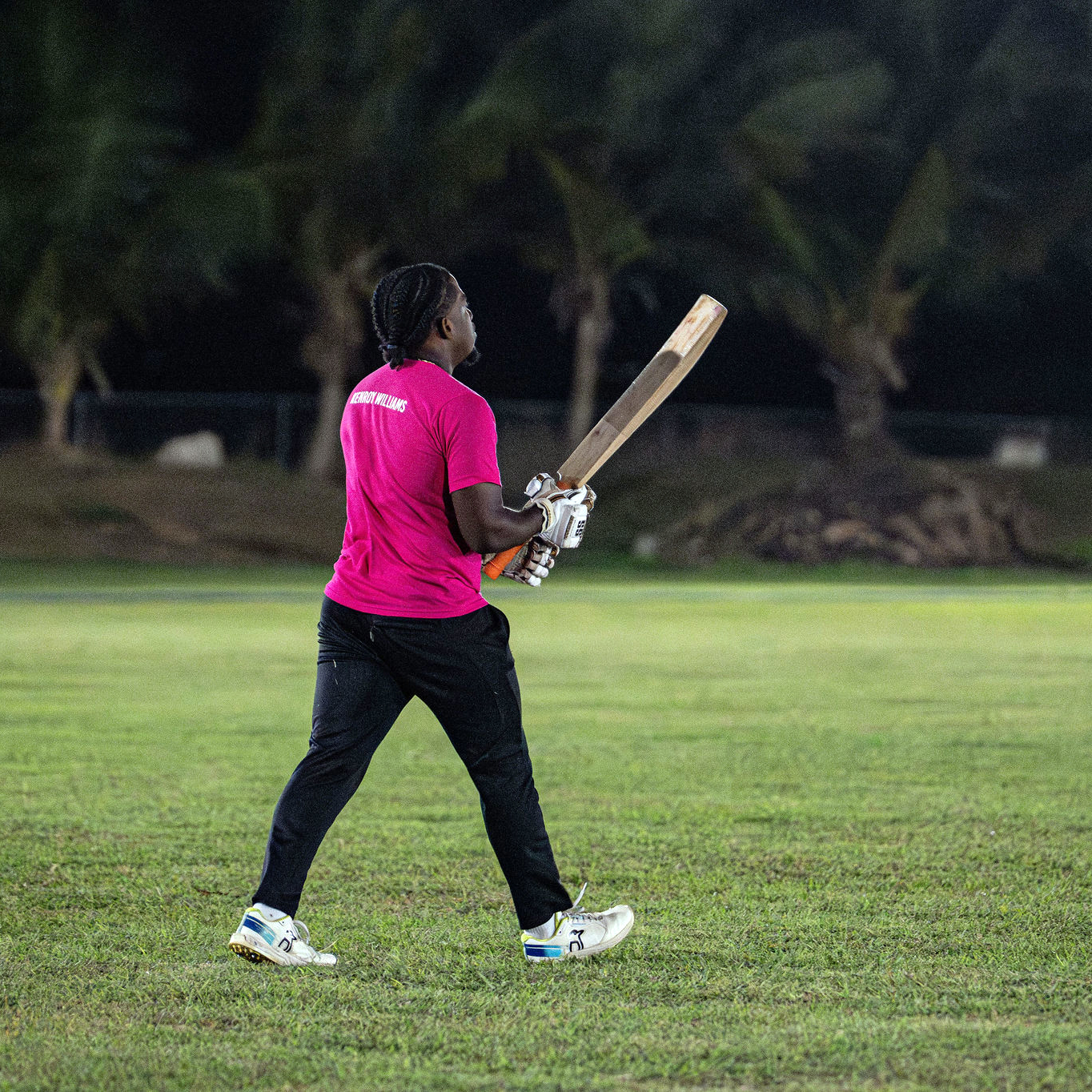In Barbadian history, the name Bussa stands as a powerful symbol of resistance, courage, and the unyielding pursuit of freedom. A national hero and the leader of Barbados’ largest slave rebellion, The Right Excellent Bussa led an uprising in April 1816 that would echo through the ages. Although he did not survive to see the fruits of his efforts, Bussa’s revolt ignited a flame of defiance and helped lay the groundwork for the eventual abolition of slavery in Barbados and the wider Caribbean.
Bussa was an African-born enslaved man brought to Barbados during the height of the transatlantic slave trade. He was enslaved at Bayley’s Plantation in St. Philip, but the roots of his revolutionary spirit extended far beyond one estate. Groves Plantation, located not far from Bayley’s, also played a significant role in shaping the socio-political climate of resistance in the parish. Groves was known for its rigid control over enslaved Africans, but it was also a place where whispers of rebellion and the hope for emancipation began to take form.
St. Philip, with its sprawling plantations and dense slave populations, became a fertile ground for revolt. The parish bore witness to the inhumane conditions and relentless exploitation of enslaved Africans, but it also cultivated a fierce spirit of defiance. Groves Plantation became emblematic of this serving not only as a site of brutal colonial control, but also a birthplace of quiet plotting and bold dreams of liberty. The enslaved population there, like those across the island, would have been inspired by the growing anti-slavery sentiment in the British Empire, as well as by the revolutions unfolding in places like Haiti.
When the 1816 revolt erupted, Bussa though not literate and having no formal military training demonstrated remarkable leadership. Alongside his close allies, including Jackey, King Wiltshire, and Nanny Grigg, Bussa coordinated a plan that saw uprisings across multiple plantations in the parishes of St. Philip, Christ Church, St. George, and St. John. They planned to take control of the island from the British colonial authorities, believing that emancipation had been granted but was being withheld by the local plantocracy.
The rebellion began on Easter Sunday, April 14, 1816. Fires were lit on plantations, including in and around Groves, as a signal to launch the coordinated attacks. While the revolt was ultimately suppressed by colonial forces and Bussa was killed in the fighting, his efforts were not in vain. Over 300 enslaved people were killed during and after the revolt, either in battle or through brutal retribution by the authorities. Yet, the Bussa Rebellion sent shockwaves through the colonial establishment and made it clear that the enslaved people of Barbados would not passively accept their chains.
The historical significance of Groves Plantation in this narrative cannot be overstated. It was more than a plantation it was a symbol of colonial dominance, but also a stage where the drama of resistance played out in powerful ways. The early signs of organized opposition in St. Philip, seen through the actions of those who lived and labored at Groves and surrounding estates, revealed a collective yearning for change that could not be silenced.
Today, Bussa is memorialized in the iconic Emancipation Statue that stands at Haggatt Hall arms outstretched, chains broken. But his legacy also lives in the fields of St. Philip, in the stories passed down through generations, and in the silent echoes of Groves Plantation. His revolt, though quelled, remains a defining chapter in the island’s march toward justice.
The Bussa Rebellion is a reminder that from the soil of oppression can rise the seeds of revolution. And in St. Philip, long before the Emancipation Act of 1834, the people had already begun to resist to dream, to fight, and to demand freedom on their own terms.
[relatedPosts]
